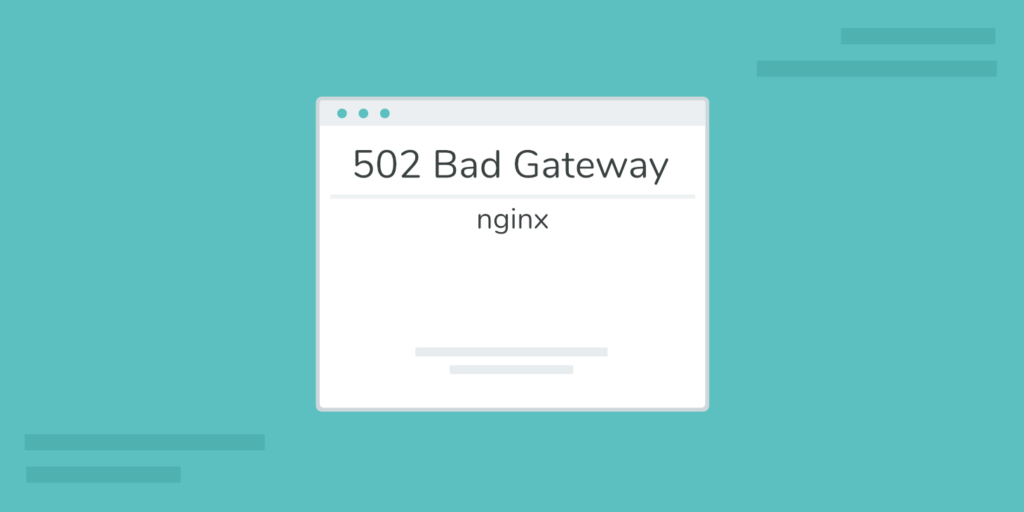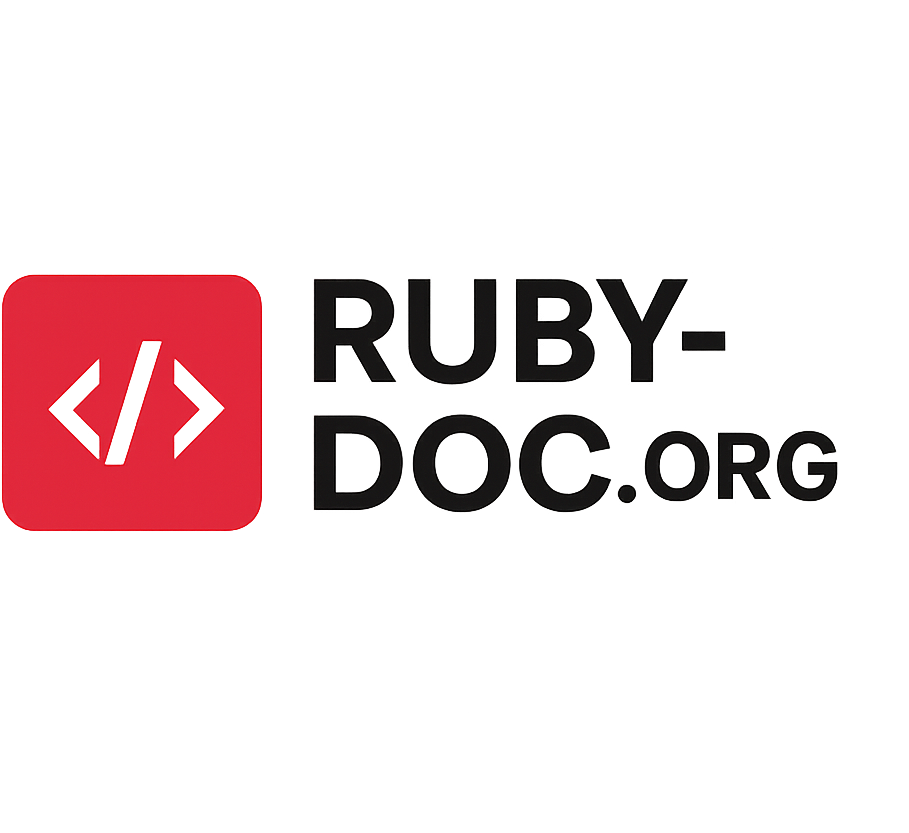
The “502 Bad Gateway nginx” error is one of the most common and frustrating HTTP status codes users and developers encounter. Whether you’re managing a high-traffic website or casually browsing the internet, this server-side error can disrupt access and compromise user experience. In this guide, we’ll explore what this error means, why it happens, and how to troubleshoot and prevent it effectively.
What Is a 502 Bad Gateway Error?
A 502 Bad Gateway error occurs when a server acting as a gateway or proxy receives an invalid response from an upstream server. In simple terms, nginx (pronounced “engine-x”), a popular open-source web server and reverse proxy, couldn’t get a valid reply from the backend (such as an application server or another web server).
You might see this error in different formats, such as:
- 502 Bad Gateway
- 502 Proxy Error
- 502 Server Error: The server encountered a temporary error and could not complete your request
- nginx 502 Bad Gateway
Common Causes of the 502 Bad Gateway Nginx Error
Understanding the root cause is key to solving the issue. Here are the most frequent culprits:
1. Server Overload
If the upstream server (like Apache, Node.js, or PHP-FPM) is overloaded or experiencing high traffic, it might crash or respond too slowly, triggering the 502 error.
2. Timeout Between Servers
When nginx doesn’t receive a timely response from the backend server due to network latency or a misconfigured timeout setting, it returns a 502 error.
3. Server Software Crashes
If the upstream server crashes or becomes unavailable, nginx can’t fulfill the request, resulting in a bad gateway error.
4. DNS Issues
If nginx can’t resolve the domain name of the upstream server (e.g., due to a recent DNS change or propagation delay), it fails to connect, and the 502 error is displayed.
5. Firewall or Security Blocks
Firewalls or security software might block connections between nginx and the upstream server, especially if you’re using third-party security solutions like Cloudflare, ModSecurity, or Fail2Ban.
6. Misconfigured Server Blocks or Reverse Proxy
Incorrect configuration in nginx’s server blocks or proxy settings can disrupt communication with upstream servers.
How to Fix the 502 Bad Gateway Nginx Error
Here’s a step-by-step troubleshooting guide for site owners and developers.
1. Check Server Logs
Start by inspecting both nginx logs and application logs.
bashCopyEditsudo tail -f /var/log/nginx/error.log
sudo tail -f /var/log/nginx/access.log
Also, check the logs for PHP-FPM, Node.js, or whatever backend you’re using.
2. Restart Services
Sometimes, a simple restart of services solves the problem.
bashCopyEditsudo systemctl restart nginx
sudo systemctl restart php7.4-fpm
Adjust the PHP version as necessary. Also restart the application server if applicable.
3. Increase Timeout Settings
In nginx.conf or the site’s server block, you can increase timeout values.
nginxCopyEditproxy_read_timeout 90;
proxy_connect_timeout 90;
proxy_send_timeout 90;
Reload nginx after making changes:
bashCopyEditsudo systemctl reload nginx
4. Check Upstream Server Health
Ensure the upstream server is running, accessible, and not under heavy load.
bashCopyEditps aux | grep php
ps aux | grep node
You can also test connectivity with curl or telnet.
5. Verify DNS Resolution
If you’re proxying requests to a domain name, make sure the domain resolves correctly.
bashCopyEditnslookup your-backend-domain.com
Try using the backend server’s IP directly in nginx to bypass DNS temporarily.
6. Review Firewall and Security Rules
Ensure that your firewall or security suite isn’t blocking the connection between nginx and the upstream server.
For example:
bashCopyEditsudo ufw status
Check Cloudflare settings if you use a CDN—sometimes Cloudflare can return a 502 error if it cannot reach your origin server.
Preventing Future 502 Bad Gateway Errors in Nginx
Proactive management reduces the chances of this error occurring:
- Use Load Balancing: Distribute traffic across multiple backend servers to reduce load.
- Monitor Server Resources: Tools like htop, Grafana, or Prometheus can help you watch for CPU/memory spikes.
- Enable Health Checks: Use nginx’s
proxy_next_upstreamand health checks in upstream blocks to automatically failover to healthy servers. - Regularly Update Software: Outdated backend services or nginx versions can lead to instability.
- Use a Caching Layer: Tools like Varnish or nginx’s FastCGI caching can reduce backend server hits.
When It’s a Cloudflare 502 Error
If you’re using Cloudflare and see a 502 Bad Gateway error, determine whether the error originates from Cloudflare or your origin server.
- Error on Cloudflare’s Side (Browser > Cloudflare > ❌ Origin): Cloudflare can’t connect to your origin.
- Error on Your Server’s Side (Browser > ❌ Cloudflare > Origin): Your origin server sent an invalid response.
Use Cloudflare’s diagnostic tools or pause Cloudflare temporarily to test directly.
Final Thoughts
The 502 Bad Gateway nginx error is a signal that something broke in the communication between servers. While it’s a server-side issue, solving it often requires checking multiple components: nginx configuration, upstream server health, network settings, and security rules.
By understanding its causes and applying the appropriate fixes, you can minimize downtime and ensure your website delivers a reliable and smooth user experience.
